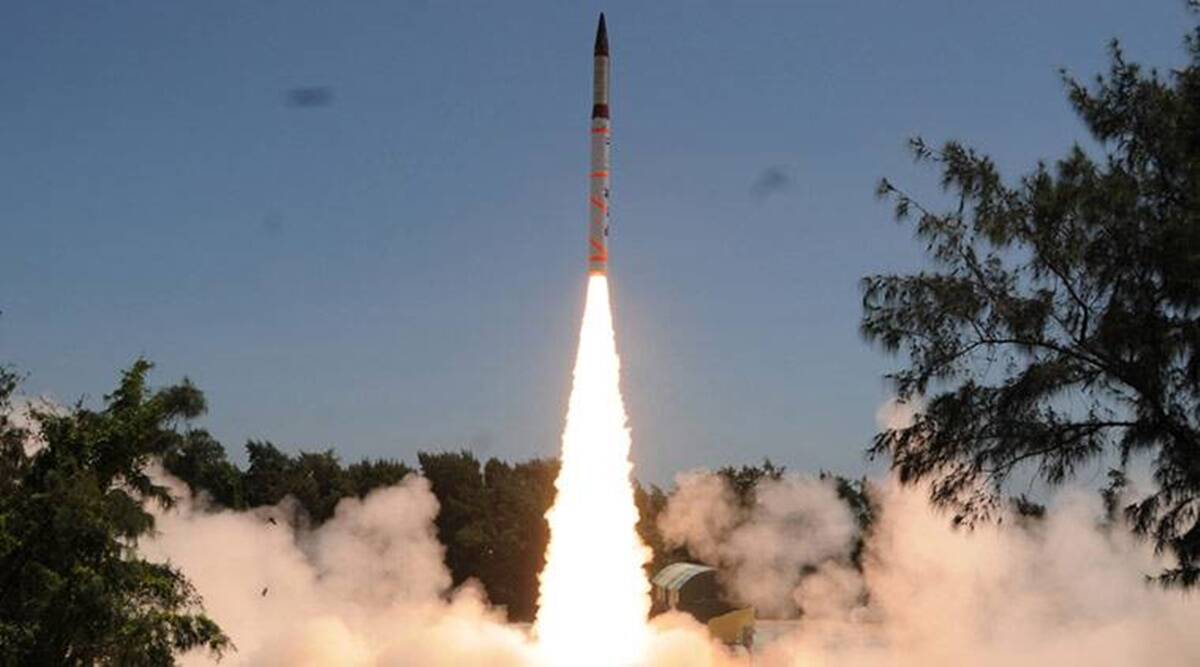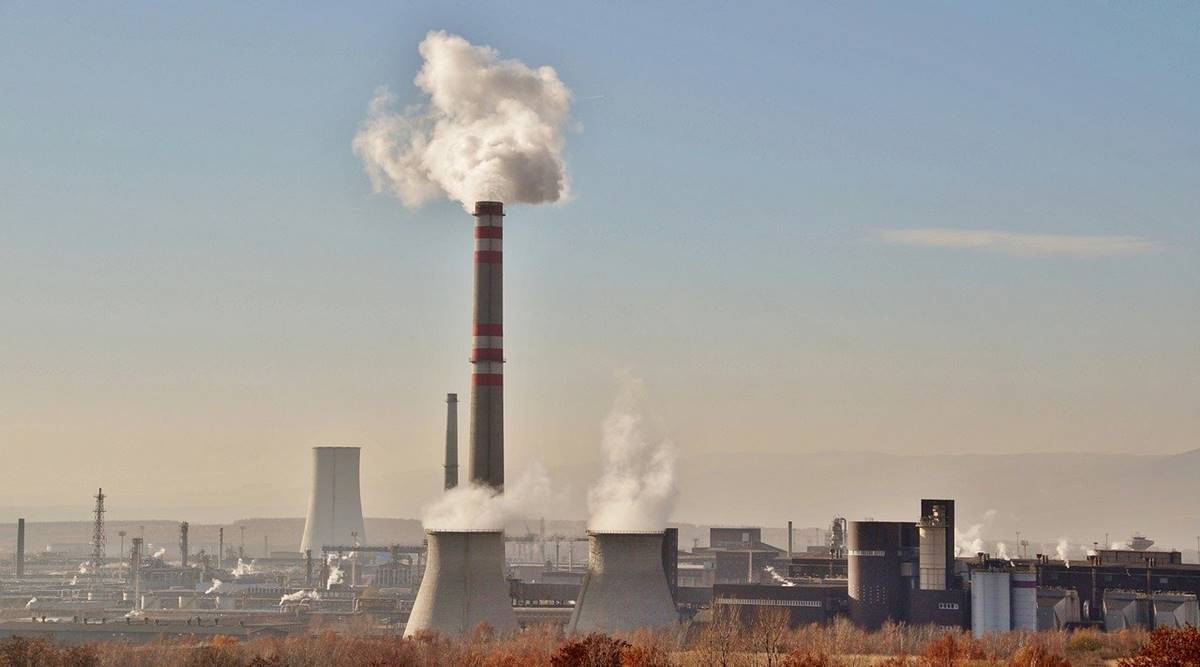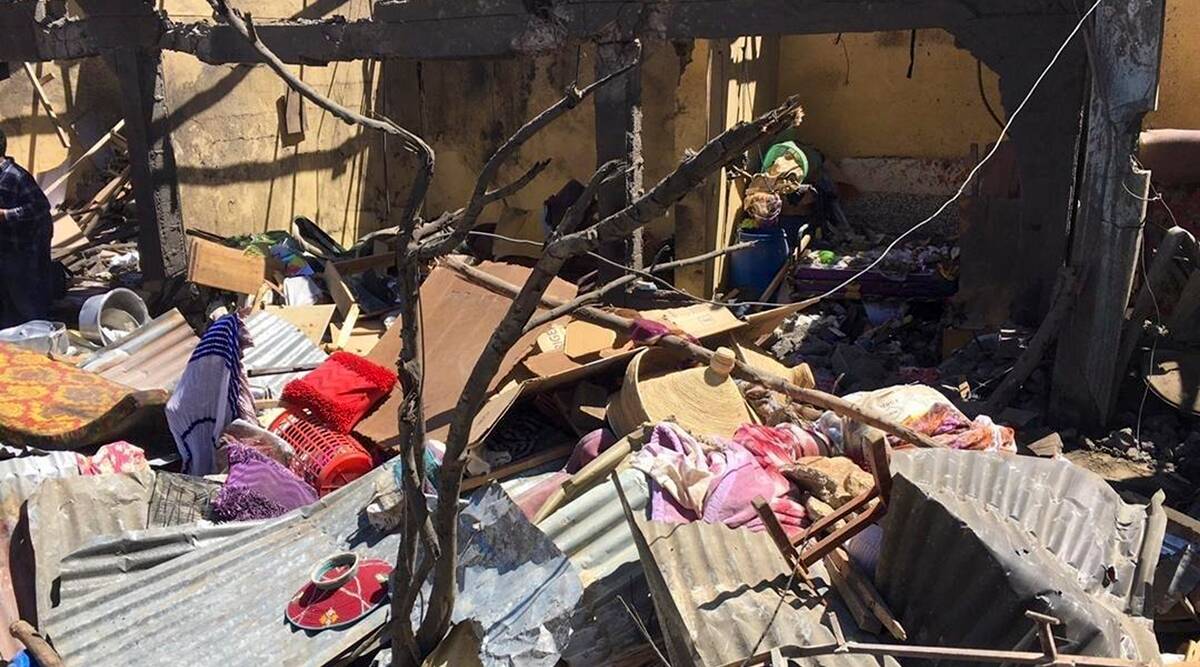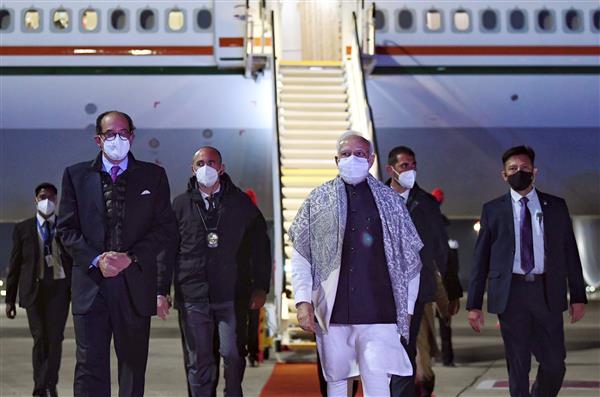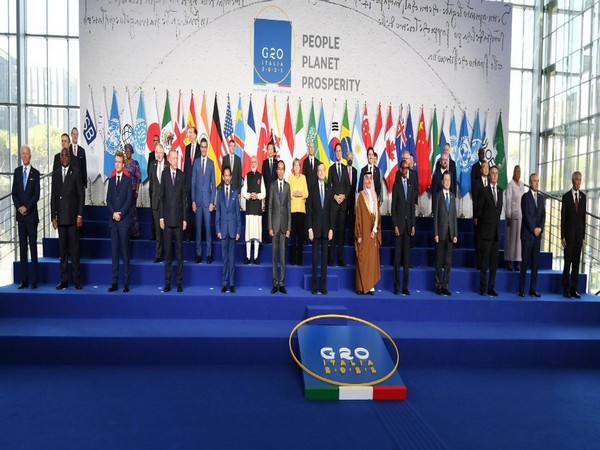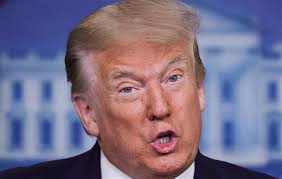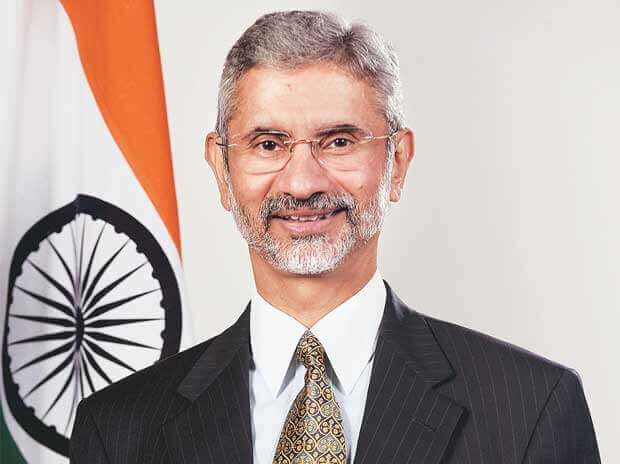
06/12/2025
New Delhi, June 12: Amid shifting dynamics in and around the Central Asian region marked by Iran’s entry into the Shanghai Cooperation Organization (SCO) and BRICS, and the Taliban’s growing engagement with China, Iran, and now India new opportunities are emerging for India to deepen its engagement with Central Asian Republics (CARs), especially in the development sector.
Notably, the development sector emerged as the primary focus of discussions during the fourth meeting of the India-Central Asia Dialogue. This signals a departure from the earlier narrative between India and the region, which was largely dominated by Central Asian geopolitics, the new Great Game, oil and gas deals, and pipeline routes.
According to the Indian Media, The Dialogue, chaired by India’s External Affairs Minister S Jaishankar and attended by the Foreign Ministers of Kazakhstan, Kyrgyz Republic, Tajikistan, Turkmenistan, and Uzbekistan, proved to be a valuable opportunity to showcase India’s developmental strengths and the potential for linking them to Central Asia.
Let’s examine India’s development-centric approach to the region, which has become noticeable in recent years, and explore how the India–Central Asia Dialogue evolved as a strategic tool for New Delhi.
Central Asia has long been part of the Indian imagination due to historical civilisational linkages and cultural connections. After the Soviet Union break-up, new geopolitical realities and economic opportunities influenced India’s approach to the region. The emergence of new independent states opened opportunities for energy imports as well as trade and transit.
At the same time, concerns over rising religious fundamentalism, instability in Afghanistan and China’s growing profile in the region further heightened India’s strategic interest.
After signing strategic partnerships with Kazakhstan (2009), Uzbekistan (2011) and Tajikistan (2012), India announced its 12-point ‘Connect Central Asia’ policy in 2012. The aim was to look at the region collectively in a more proactive manner and strengthen India’s political, security, economic and cultural connections.
In July 2015, Indian Prime Minister Narendra Modi visited all five Central Asian states and signed 22 agreements. India’s engagement deepened further when it became a full member of the SCO in 2017 and initiated the foreign minister-level ‘India–Central Asia Dialogue’ in 2019. The same year, India elevated relations with Kyrgyzstan to a strategic partnership.
Despite close political and strategic ties with all Central Asian countries, India’s commercial engagement with the region has remained limited. An unstable Afghanistan and strained India–Pakistan relations have obstructed direct connectivity. To address these challenges, New Delhi sought alternative routes by working with Russia and Iran through the International North–South Transport Corridor (INSTC) and its tributaries. Investments in Afghan infrastructure was also part of this broader strategy.
The construction of the 218 km Zaranj-Delaram road in Afghanistan and the development of Chabahar Port in Iran were key initiatives aimed at facilitating India’s access to Central Asia via Iran and Afghanistan’s ring road. India’s connectivity plans coincided with the US New Silk Road Initiative to connect Central Asia with South Asia via Afghanistan. The Turkmenistan–Afghanistan–Pakistan–India (TAPI) gas pipeline project also remained a key focus for many years.
However, the US withdrawal from Afghanistan and the return of the Taliban disrupted all these earlier narratives. In the meantime, China has expanded its presence in the region through trade and Belt and Road Initiative (BRI) projects. Kazakhstan and Kyrgyzstan are also part of the Russia-led Eurasian Economic Union.
In this evolving regional context, development cooperation and capacity building have become central to India’s engagement with Central Asia. To support this shift, India has established the India–Central Asia Development Group and the India–Central Asia Business Council. Additionally, a US$1 billion line of credit was launched to fund development projects in infrastructure, IT, energy, and agriculture.
At the recent India-Central Asia Business Council, EAM Jaishankar outlined five key areas to strengthen linkages between the growing Indian economy and Central Asia. These included digital economy and innovation, financial services, healthcare and pharmaceuticals, enhancing connectivity, and streamlining transit procedures.
The outcome of the Foreign Ministers’ Dialogue also included the establishment of the India–Central Asia Digital Partnership Forum and India’s offer of technical support for designing Universal Health Coverage (UHC) models in Central Asia. The Central Asian partners further agreed to work closely with India’s Global South Centre of Excellence – DAKSHIN (Development and Knowledge Sharing Initiative), to exchange and learn from each other’s development experiences.
India has also offered to share its Digital Public Infrastructure (DPI) platforms, such as Aadhaar and DigiLocker, with Central Asian Countries.
However, due to challenges related to direct connectivity and customs procedures, India’s trade with Central Asia has remained limited to around US$2 billion in recent years. To strengthen these ties, it has been suggested to develop long-term cooperation in uranium, crude oil, gas, mining, coal, and fertilizers, along with facilitating payments in local currencies.
Additionally, tourism and education have been identified as high-potential sectors for future growth. India imports significant quantities of uranium from Kazakhstan and Uzbekistan. During the meeting, Central Asian partners expressed interest in jointly exploring rare earth minerals.
How have changing power dynamics in and around Central Asia – marked by Iran’s entry into SCO and BRICS, and the Taliban’s growing engagement with China, Iran, and now India – reshaped India’s calculus in the region?
To what extent can India’s development-centric approach counterbalance China’s economic influence in Central Asia, especially under the BRI framework?
How has the India–Central Asia Dialogue evolved as a strategic tool for New Delhi’s regional outreach in a post-US Afghanistan?
Following the break-up of the Soviet Union, what were the factors that sharpened India’s strategic interest in the Central Asia region?
India announced its 12-point ‘Connect Central Asia’ policy in 2012. What was the aim of this initiative? Evaluate.
